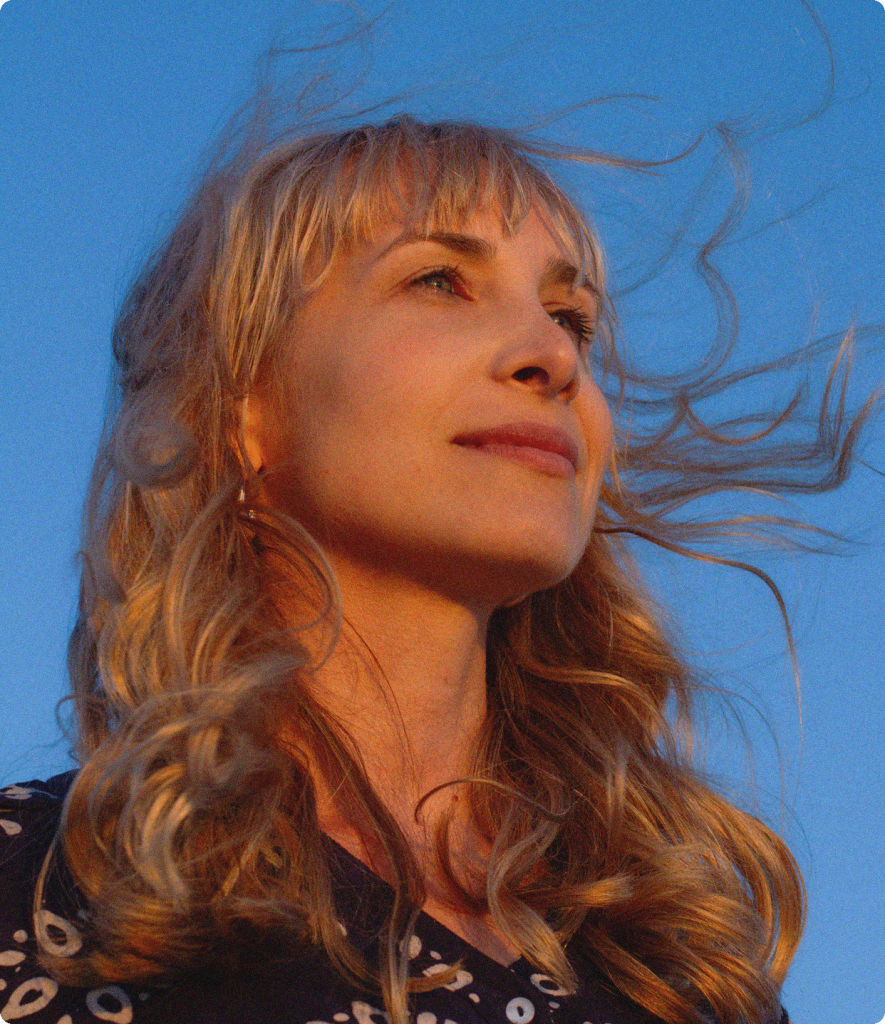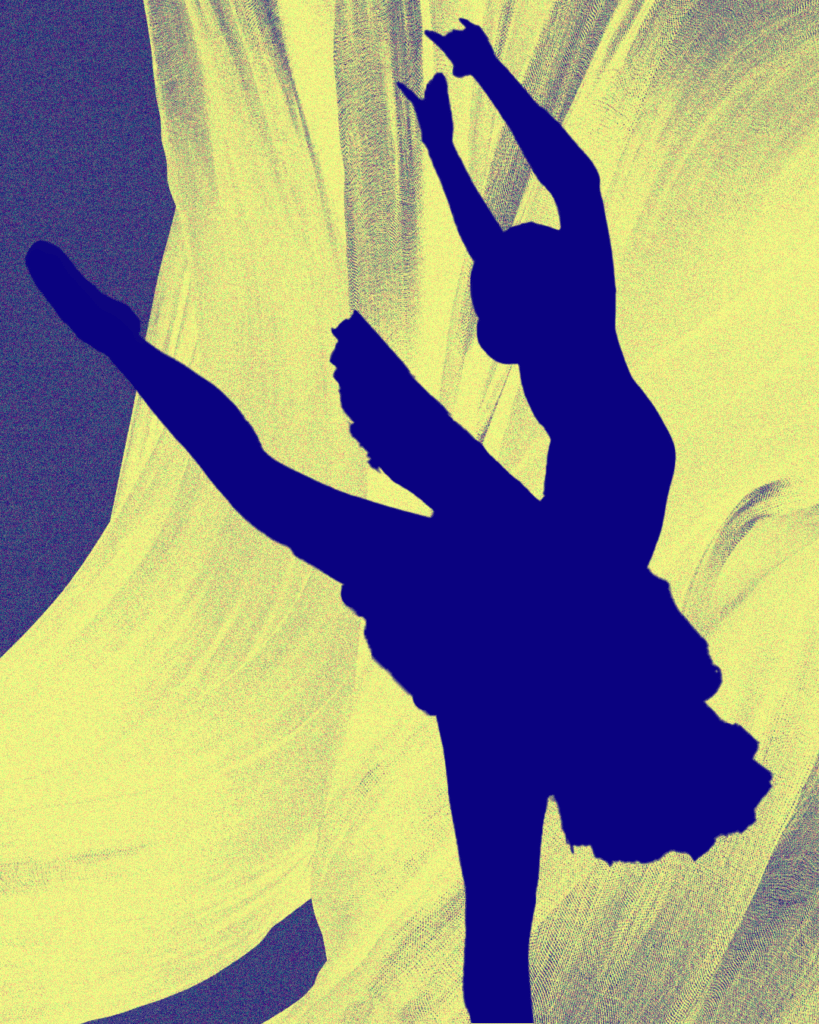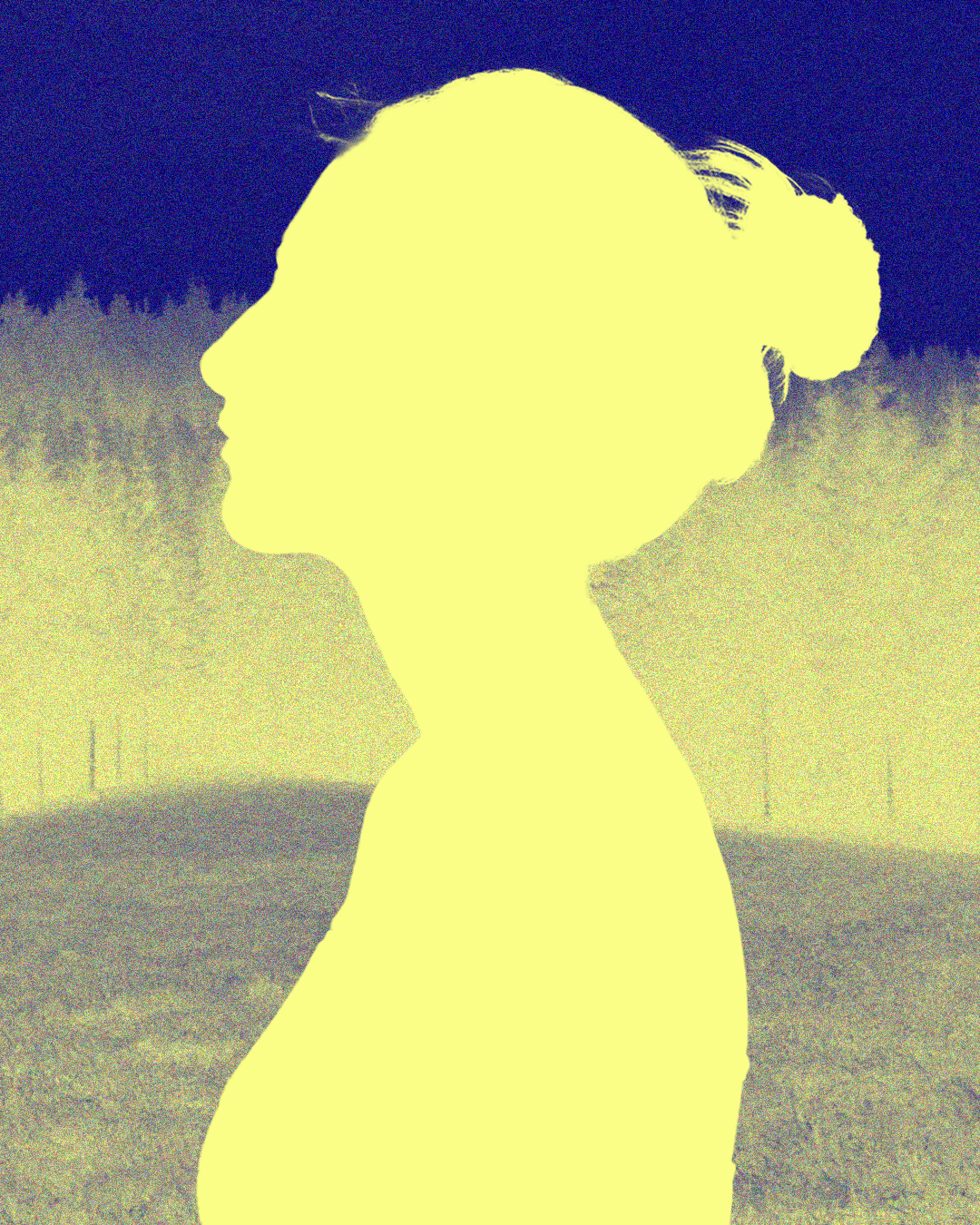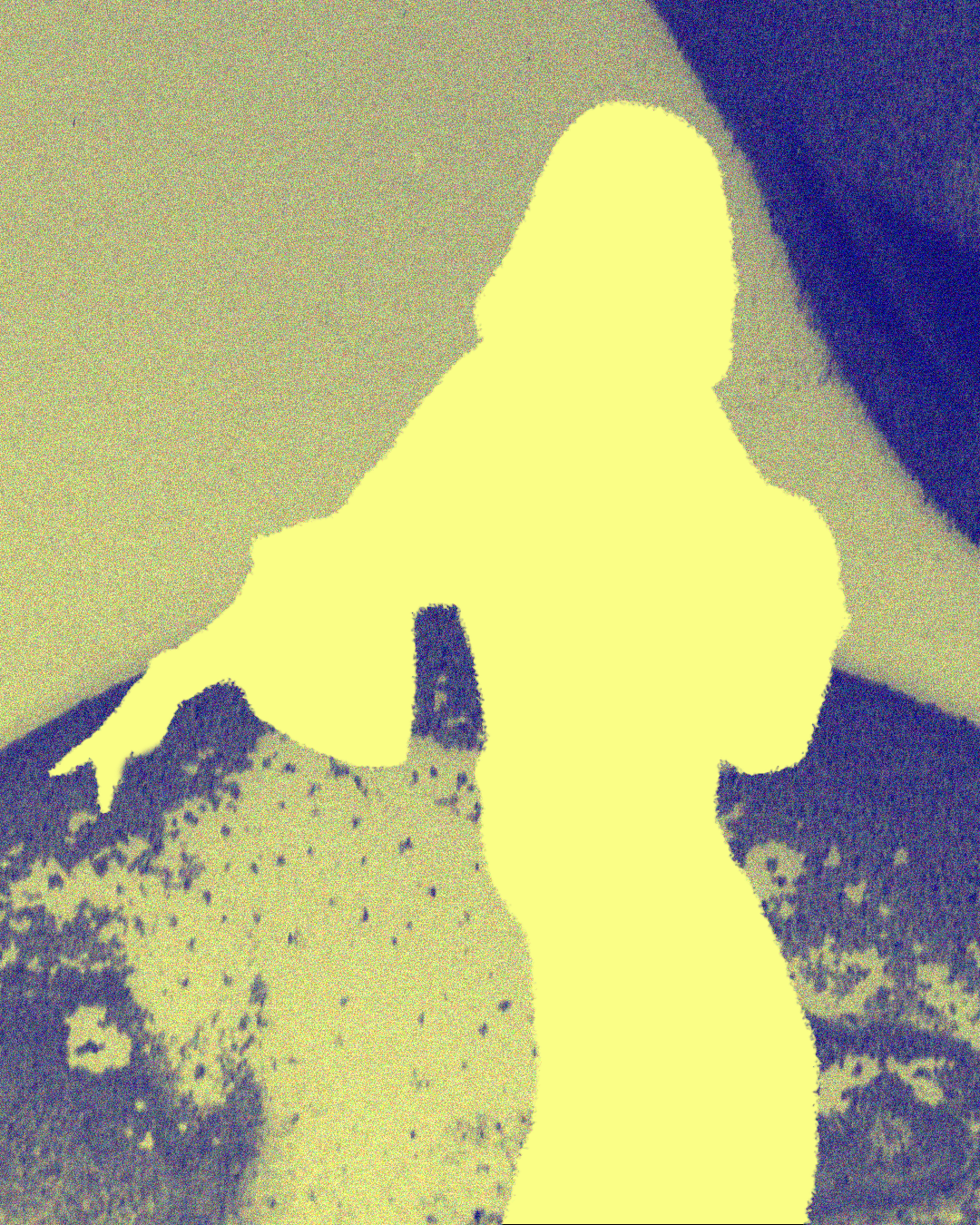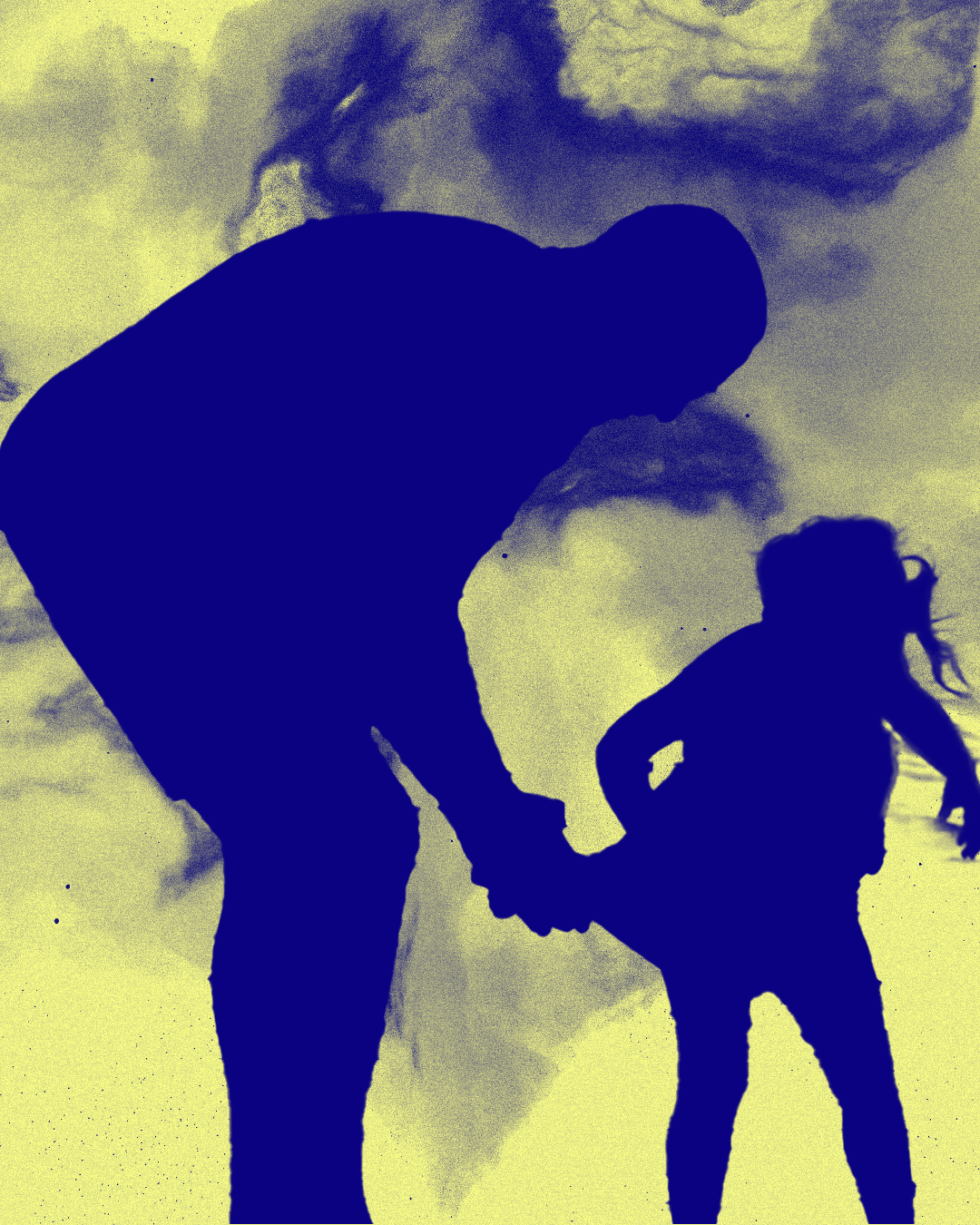Triggers as Portals to Freedom
Let me share a real-life example of how a trigger showed up in my life — and the transformation that followed.
A few years ago, I was living with a close friend. We had a beautiful dynamic: watching TV, cooking, spending time together. But after lockdown, her boyfriend moved in, and I slowly began to feel excluded — even though they were kind, inclusive, and welcoming.
As someone who tends to feel shy and insecure, I often declined their invitations to hang out. Over time, I began to drift away from my friend, and feelings of abandonment started to build. One night, I was in my room and heard them laughing together in the kitchen. I felt alone. Forgotten. Insignificant. Sad. Excluded. Resentment toward my friend started to rise, and I fell into a dark emotional space — what I now recognize as victim mode.
My inner dialogue became intense:
“She’s no longer my friend.”
“She’s rejecting me.”
“She doesn’t care.”
“She’s doing this on purpose.”
“She’s laughing louder just to show me how happy she is without me.”
I went from seeing her as a kind, loyal friend to imagining her as my enemy. It was as if a new world had formed in my head, where I was isolated and they were against me. The emotions felt so overwhelming that I nearly ended our friendship.
But instead of reacting outwardly, I chose to turn inward.
I found a safe space — my room — and sat with the emotions. Creating a sense of safety is always my first step. If I’m not home, I’ll find another place: my car, a park, even a bathroom. Triggers often arise in public, but if I can’t process them right away, I make notes to return to them later, when I can be fully present.
That night, I identified what I was feeling: resentment, loneliness, abandonment, isolation, a sense of being unimportant. I closed my eyes and let the emotions move through me, even though my mind tried to distract me — offering every escape: take a nap, watch Netflix, buy something, call someone, make tea, have a snack. But I stayed. I stayed with myself.
This is when I asked myself:
Have I felt this before?
Does this emotion remind me of anything?
What is this feeling really about?
I began to visualize my flatmate sitting in front of me. I let the words come:
“Why won’t you check on me?”
“Why do you not care?”
“How can you leave me here crying?”
“Are you laughing on purpose to hurt me?”
Then something shifted. The image of my flatmate faded — and in her place, I saw my mother. I saw 13-year-old me, sitting in my childhood room, crying. My parents were in the living room laughing with my brother. I was alone. Misunderstood. Cast aside.
I realized this wasn’t just about my flatmate. This was a portal — a doorway into an old wound I hadn’t fully healed.
As a child, I was often sent to my room after fights with my parents. No one checked on me. No one comforted me. I cried, hoping they would come in, hold me, see me, choose me. But they never did. Instead, they waited for me to break the silence. And I always did. I always lost that silent game.
Back in the present moment, I let the tears flow. My body shook. I rocked back and forth. The emotions moved as they needed to. I wasn’t trying to stop them — I was finally allowing them.
Our emotions are energy in motion. They’re meant to be felt, not frozen. If you were ever told you couldn’t cry, stomp, shout, say no — do it now. Shout into a pillow. Cry freely. Kick your legs in the air. Hide under a blanket and shake. Let your body guide you. If movement feels hard, write. Draw. Scribble. Let it out however you can.
We live in a world that stigmatizes emotional expression. We fear looking crazy or too much. But emotional hygiene is as essential as physical hygiene. And most of us were never taught it.
Our emotional world has been neglected for so long, it’s become overgrown. That’s why it feels terrifying to go there — we don’t know what might crawl out. But underneath all the tangled weeds, there is treasure. There is you.
In my visualization, I saw my 13-year-old self — but this time, she wasn’t alone. I was there. The adult me. I sat beside her. I whispered, “I’m here. I see you. I see how hard this is.” I didn’t try to fix her. I was simply present. I gave her what she had always needed: empathy, patience, and unconditional presence.
Once the emotions settled, I asked:
Is there anything you need from me my sweet girl?
Often, our inner child won’t trust us at first — especially if we’ve abandoned ourselves in adulthood even more than others ever did.
That day, she didn’t ask for much. She just wanted me to stay. Sometimes our inner child will ask for a hug, a story, a cozy drink, music, movement, or rest. Whatever it is — listen. That’s where healing begins. That’s the key. The answers you’re looking for are inside you. Not in a podcast, book, or therapist’s office (though those can help) — but in the quiet space where you meet yourself.
And yes, that realization can be terrifying. It places the responsibility on you. But it’s also deeply empowering. You are no longer the helpless child — you are the adult who can respond with care.
Before closing the loop, I asked one last question:
How is this situation different now?
And I realized — it was very different. I wasn’t that 13-year-old anymore. I was an adult with the ability to speak up, to take care of myself, to express my needs.
So I did. I asked my friend for a chat. I told her how I missed our one-on-one time. It felt vulnerable, but I was honest. And she met me with love. She missed me too. We revived our rituals, and our friendship blossomed. Looking back, I realize how close I came to throwing away a deeply meaningful connection because of unprocessed pain from the past.
That’s what triggers do. If left unchecked, they pull us back into the child’s mind — the wounded part of us still waiting to be seen. But once we understand their deeper message, we can respond with compassion instead of reactivity.
As therapist Gilbert Renault says,
“To heal is to grow up. It is to acknowledge the wounded child from the past and honour her pain in the present.”
Triggers are not enemies. They are metal detectors.
They signal something buried deep — something valuable and real that we lost contact with. Often, it’s a piece of our true self. A feeling we never got to feel. A truth we never got to express. A story we never got to complete.
By tuning in, feeling deeply, and responding differently, we reclaim what was lost.
And that… is freedom.
